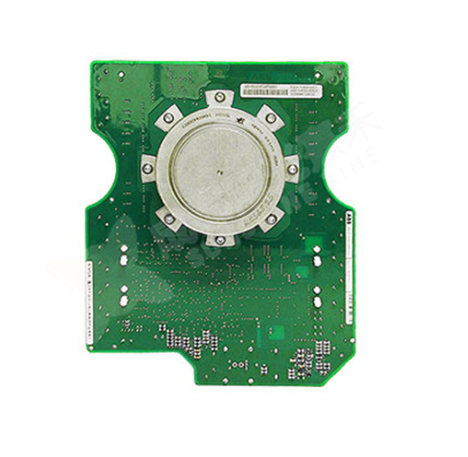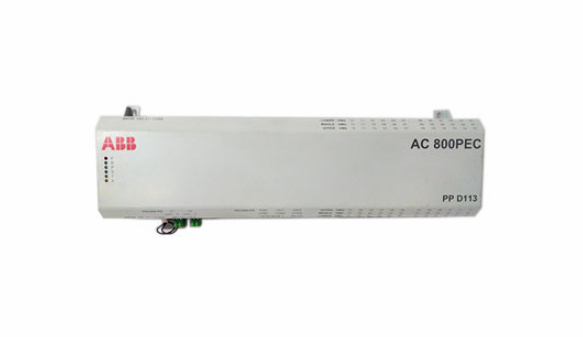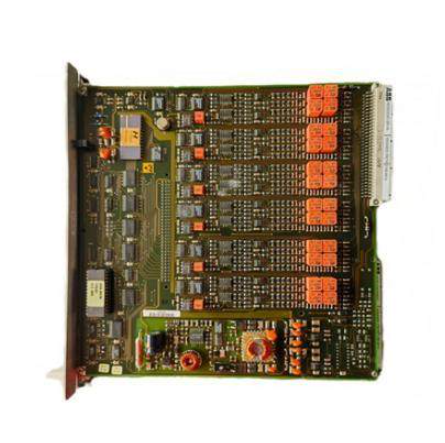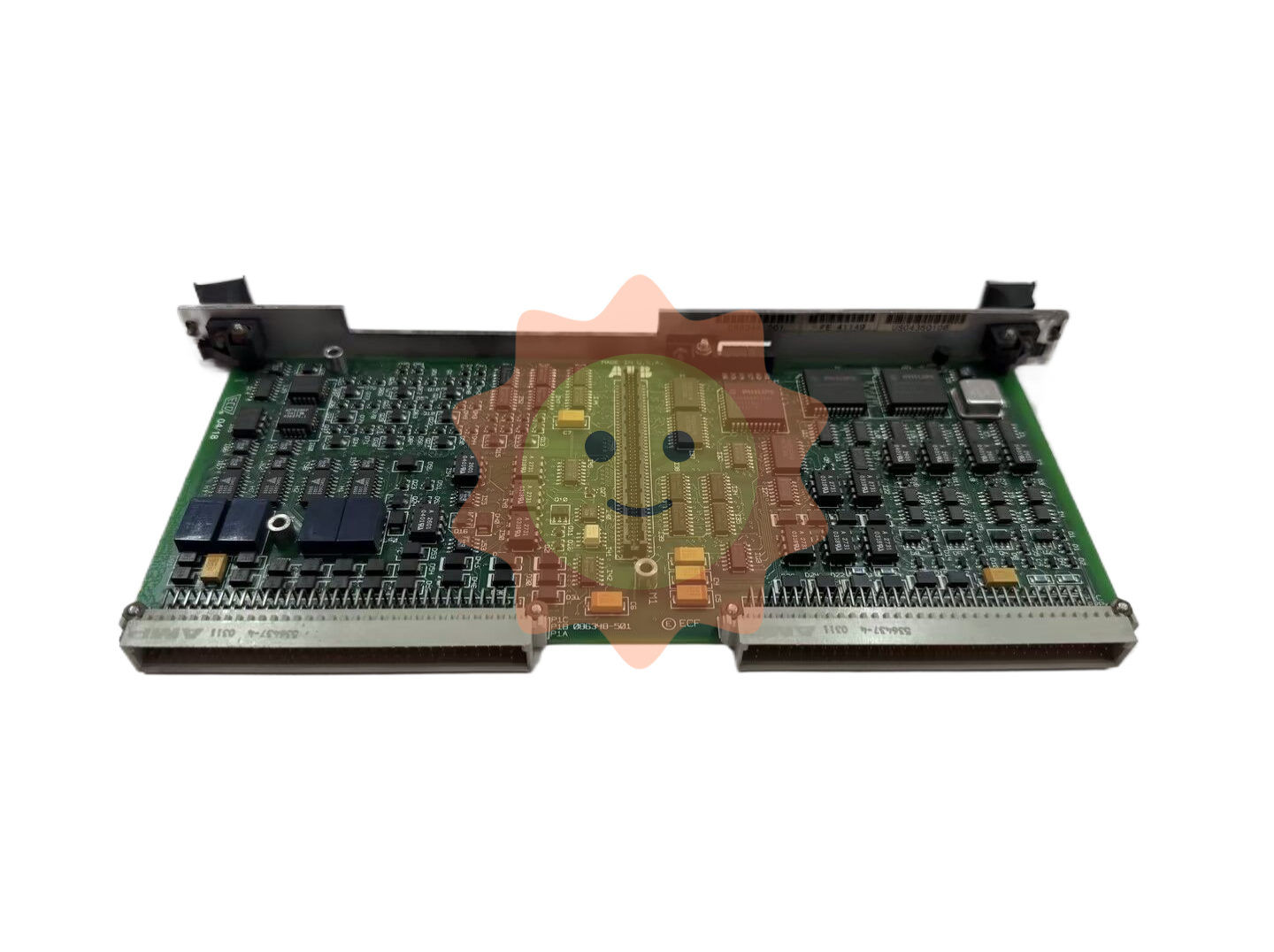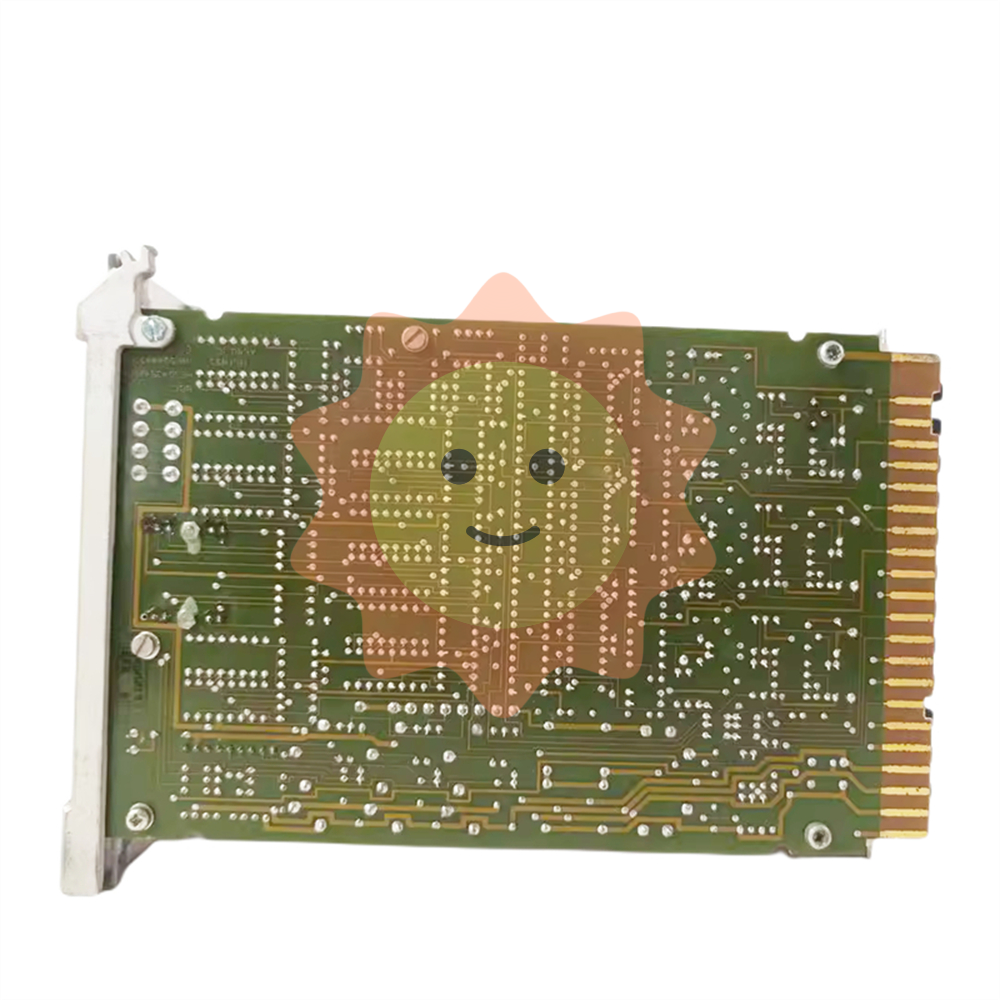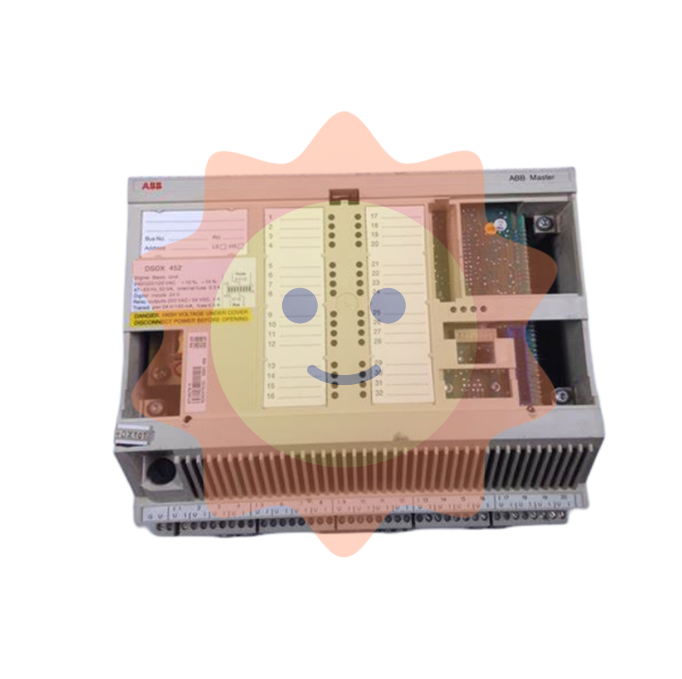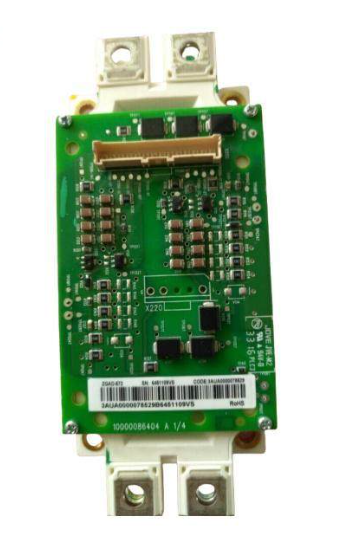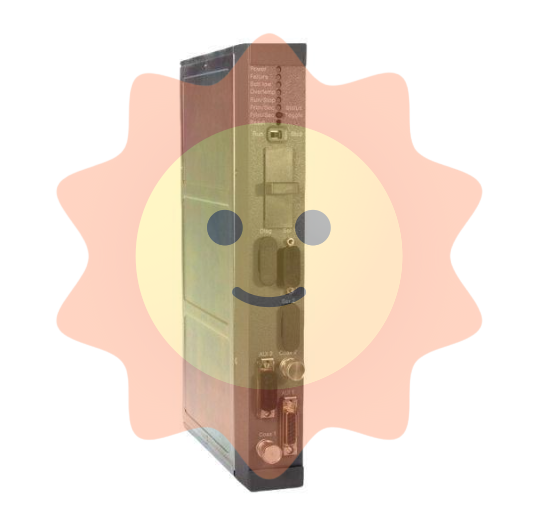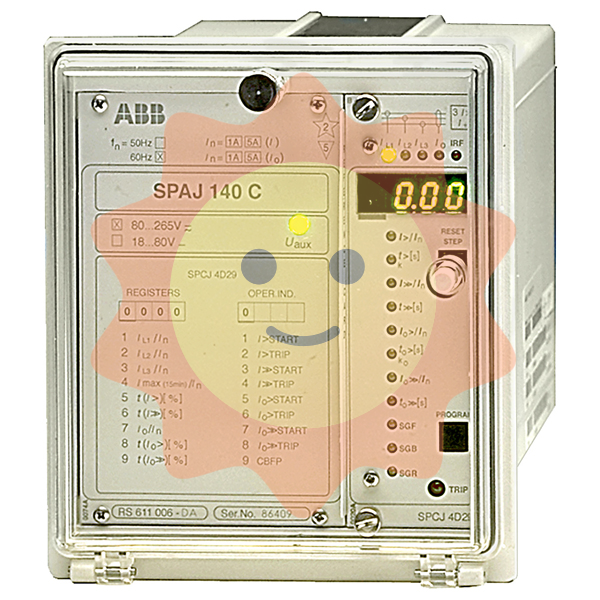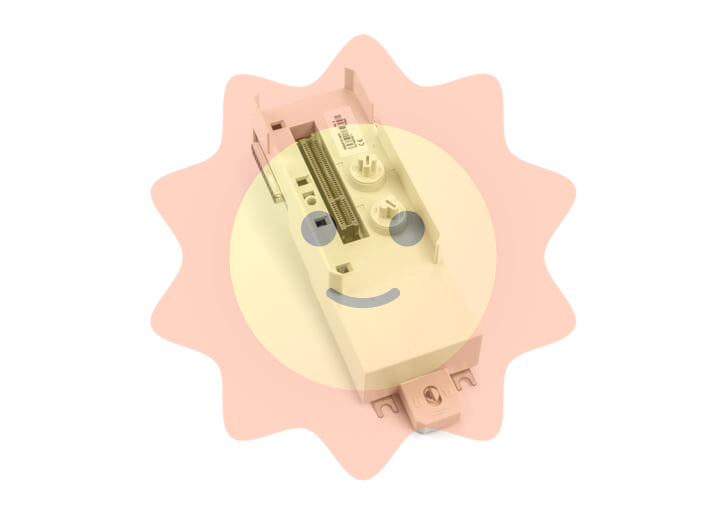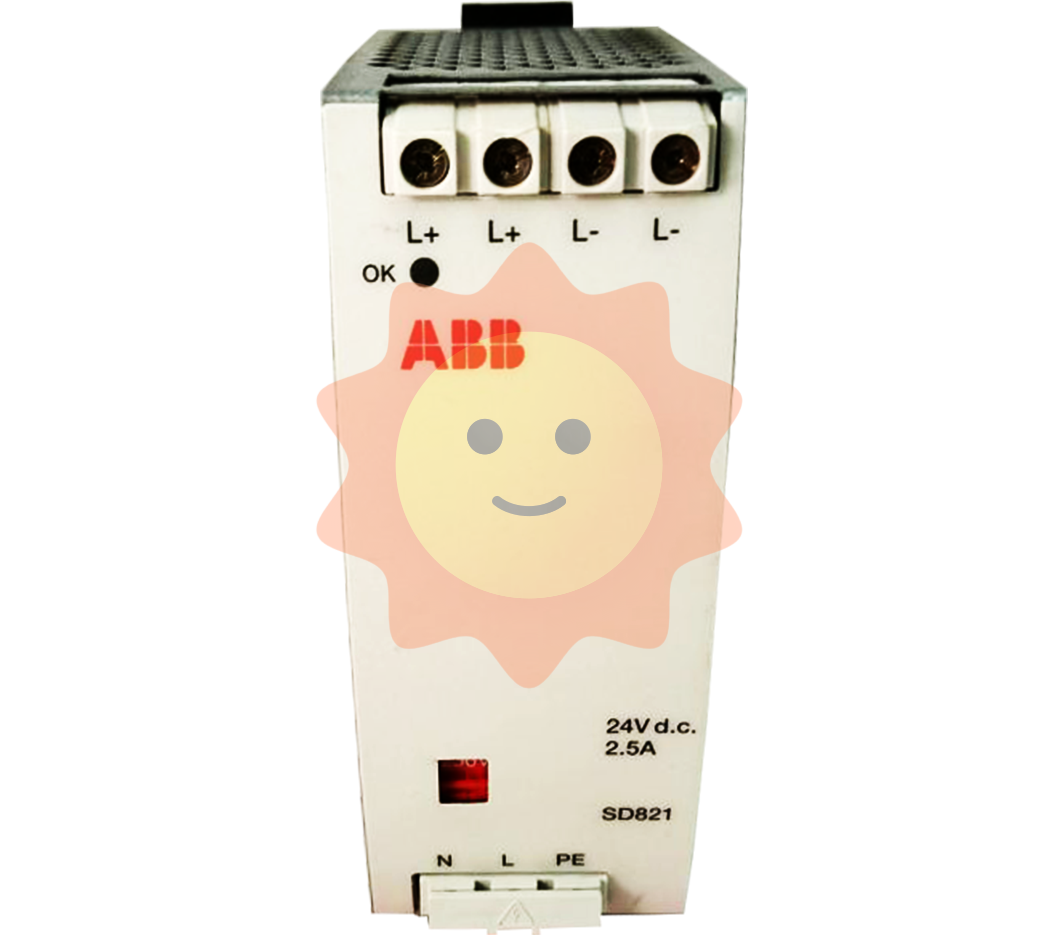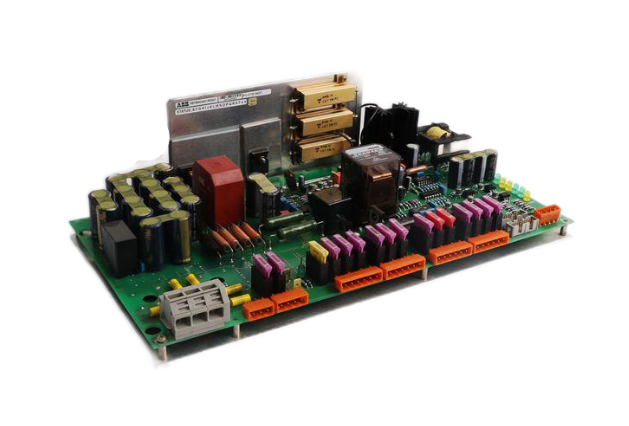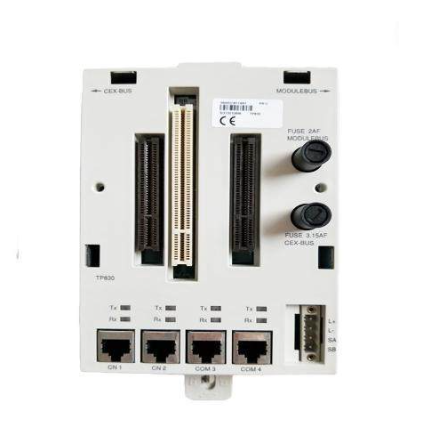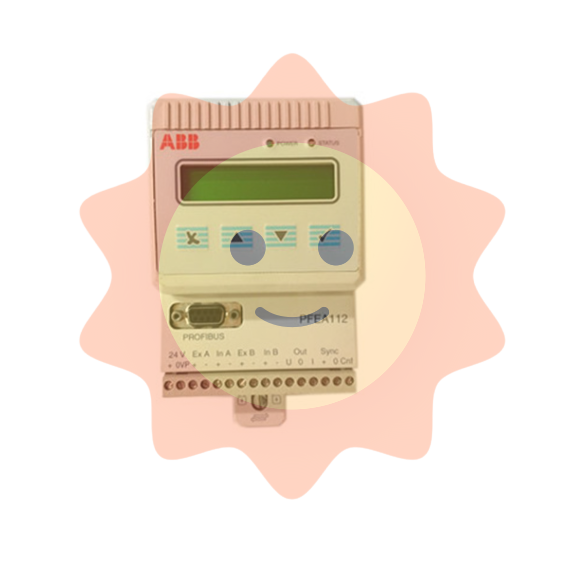This is how the yuan was made
(1) How is money made?
For the printing factory, the "money" produced is not real currency, but a product, just like the latiao produced by the food factory or the fertilizer produced by the chemical factory. However, unlike ordinary printed products, due to the particularity of banknotes, the printing process is also obviously complicated, and a RMB from the hand-carved template to the printing factory must go through at least more than ten processes.
1, the primary process paper selection: cotton, hemp and other plants for pulp
Putting aside the long process design link, the first link in the production of RMB is to select paper.
Normally, most banknotes are paper, and the renminbi is no exception. The raw materials of banknote paper are mostly made of cotton, hemp and other plants with long fibers for pulp, so that the paper created is smooth and tough, good stiffness, strong wear resistance, and the durable circulation fiber is not easy to loose, hair, and break.
In addition, some special methods will be used in the production process to ensure that it has wear resistance, folding resistance, acid resistance, alkali resistance and other characteristics.
At the same time, the banknote paper will also be covered with watermarks for anti-counterfeiting, and the paper selection work must take into account the directional problem of the watermark to prevent the production of inverted banknote watermarks.
Printing paper that looks like "white paper" has added a watermark to the papermaking process
2, printing: never use printing paper for testing
After the paper is selected, it is sent to the printing workshop, and after the production line of several gravure printing machines, the white paper can be turned into RMB.
Like ordinary printing presses, when printing RMB, it is necessary to conduct trial printing for a period of time to adjust the printing equipment to the best state. However, when printing RMB, it is not allowed to experiment on banknote paper, and ordinary paper is generally used. Because the printing paper is strictly managed in quantity, one can not be less. If there is waste in the printing process, even the crumpled waste paper must be registered and reviewed, and the procedures are very strict.
3, cut: newspaper size of RMB cut into 10 pieces
The printed banknotes also have to go through the cutting process, and the freshly baked yuan is the size of a newspaper, with dozens of yuan on it, and this process is to cut it.
4, quality inspection: spoiled tickets should not

Finally, it is necessary to carry out quality inspection, the quality inspector in the bright light that the whole pile of RMB, check the quality of RMB one by one, such as whether there is a number, the text printing is wrong, the color is uniform, the watermark is inverted, etc., if there is, remove the spoiled ticket.
(2) This is a technical job - the technical difficulty of printing banknotes
In the more than ten processes in the process of printing money, it not only requires the meticulous work of the staff, but also has high requirements for printing technology and anti-counterfeiting technology, which is a very high-tech work.
At the end of the 19th century, Russian banknote printing expert Orlov invented a multi-color printing machine with a color collector roller, later called the "Orlov printing method", this method compared with the traditional wet rubber flat printing process, in the anti-counterfeiting performance has been greatly improved.
In the early days of the founding of the People's Republic of China, due to China's lack of relevant technical capabilities, it commissioned the Soviet Union to print RMB for a period of time, and after the Sino-Soviet relations in the 1950s, the Soviets arrogantly refused to continue to provide such technical support. However, China's money printing industry predecessors are not discouraged, just three years to overcome the technical difficulties, for the third set of RMB printing process involved in paper ink, layout design, plate engraving, anti-counterfeiting technology, printing technology and printing machinery all nationalization has made outstanding contributions.
Since then, China's banknote printing industry has embarked on a path of complete autonomy.
In today's market economy, banknotes are national business cards, as an indispensable part of People's Daily life, the design and printing process of modern banknotes need to consider more artistic, anti-counterfeiting and liquidity issues, which put forward higher requirements for the process of banknote printing.
It is under the guidance of this demand that technicians in China's banknote printing industry continue to carry out scientific and technological research and achieve a world-leading technological breakthrough. The certificate of the first prize of the National Technical Invention in 2010 was issued to the "SD gravure to print" team. This is an important scientific and technological achievement that solves the common problems in the global printing industry. So, what is the so-called gravure to print?
Intaglio printing: not easy to imitate and forge
Gravure printing, that is, gravure printing, is the inks contained in the gravure pits directly on the substrate, the thickness of the printed picture is determined by the size and depth of the pits, if the pits are deeper, it contains more ink, and the ink layer left on the substrate after the impression is thicker; On the contrary, if the pits are shallow, the amount of ink contained is less, and the ink layer left on the substrate after embossed is thinner
As a kind of printing process, gravure printing occupies an extremely important position in the field of printing packaging and graphic publishing with its advantages of thick ink layer, bright color, high saturation, high plate resistance, stable quality and fast printing speed.
At the same time, because the thickness of the gravure printing line and the shade level of the ink can be arbitrarily controlled when engraving, it is not easy to be imitated and forged, especially the depth of the ink pit, the possibility of realistic engraving according to the printed text and pictures is very small, making it the only choice for banknote printing.
"No concave is not a coin" - the key of anti-counterfeiting technology
At the same time, intaglio printing banknotes have an obvious concave and convex sense, which has become the key to anti-counterfeiting technology, the printing world has a "no concave not a coin", I believe that in our daily life, we have also had the experience of identifying counterfeit money through the portrait pattern on the large denomination banknotes and the concave and convex level on the national emblem.
China independently developed the world's first gravure counterprinting machine
The traditional gravure printing technology can only be printed on one side during the printing process, and after printing one side, the ink needs to be dried and then printed on the other side, which undoubtedly increases the time cost, and the "SD gravure to printing" technology can realize gravure printing on both sides at the same time, greatly improving the production efficiency.
China independently developed the world's first gravure printing machine, which solved the worldwide problem of gravure printing, and successively obtained international patent authorization in Japan, Switzerland, and Germany.
Anti-counterfeiting: The fusion of technology and art?
The printing of modern banknotes is not only a simple technical problem, but also a perfect combination of technology and art design.
Launched in November 2015, the fifth generation of the new 100 yuan, compared with the old version of the yuan, added a 4 mm wide light change openwork window security line located on the right side of the front face of the ticket to improve the anti-counterfeiting performance. When the viewing Angle changed from direct vision to squint, the color of the security line changed from magenta to green; When observed through light, it can be seen that the hollow text "¥100" is alternately arranged in the security line.
Light change hollowed window safety line
Light change hollow window safety line has low requirements for light source, obvious color changes, and integrated hollow text features, which not only increases aesthetics, but also is conducive to public recognition.
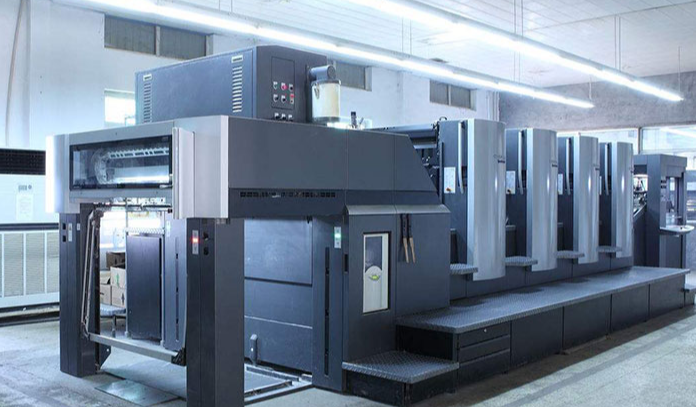
The new version of 100 yuan in the increase of light change hollow-out window safety line at the same time, but also retain the old version of the magnetic fully buried safety line design, conducive to public identification while taking into account the machine readable performance, fully reflects the technical improvement and innovation.
When designing this new security line, technicians conducted repeated tests, from 2 mm to 5 mm, the security line is too narrow, the identification effect is not obvious, too wide is not conducive to the overall flatness of the banknote, and finally choose 4 mm, the balance point of anti-counterfeiting technology and artistic design.
Optical security wire
(3) In addition to printing money, there is also coinage
In addition to printing money, China also has core technology in coinage.
We usually see some coins will have a uniform distribution of silk teeth on the edge, this uniform distribution will benefit from the "coin side full tooth interval half tooth technology", this technology has won the 17th National Invention Exhibition gold medal, enhance the technical difficulty of coin manufacturing, enhance the public anti-counterfeiting performance of coins, is an important embodiment of the progress of coin technology.
In order to realize the effect of full tooth spacing half tooth, firstly, the sparse tooth electrode and the dense tooth electrode are machined respectively, and the two are fastened by fasteners to form a combination electrode. The structure form of the full tooth interval half tooth of the combined electrode is reflected on the silk tooth sleeve mold by using the EDM forming technology, and the required coin can be printed by using the silk tooth sleeve mold.
(4) Localization and export of the whole industrial chain
In the early days of the founding of the People's Republic of China, the renminbi needed foreign help to complete the printing, but today, China's banknote printing industry can realize the localization of the entire industrial chain and help other countries print banknotes.
In August 2016, China Banknote Printing and Minting Corporation won an order to print 200 million Nepalese 1,000 rupee notes after winning a fierce competition with well-known companies in the UK, France and other countries. Nepal 1000 rupee is the largest denomination banknote issued by the Central Bank of Nepal, which occupies a very important position in the financial circulation of Nepal, which also puts forward quite high requirements for the anti-counterfeiting technology and face design of the banknote.
From the winning of the order to the first batch of products shipped, China Banknote Printing and Minting Corporation before and after only 5 months, at the same time, the printing process of the plate, ink, paper, line, including the integration of printing technology, all adopt localization, not only to verify the printing technology, but also to test the comprehensive strength of China's banknote printing industry.
- EMERSON
- Honeywell
- CTI
- Rolls-Royce
- General Electric
- Woodward
- Yaskawa
- xYCOM
- Motorola
- Siemens
- Rockwell
- ABB
- B&R
- HIMA
- Construction site
- electricity
- Automobile market
- PLC
- DCS
- Motor drivers
- VSD
- Implications
- cement
- CO2
- CEM
- methane
- Artificial intelligence
- Titanic
- Solar energy
- Hydrogen fuel cell
- Hydrogen and fuel cells
- Hydrogen and oxygen fuel cells
- tyre
- Chemical fiber
- dynamo
- corpuscle
- Pulp and paper
- printing
- fossil
- FANUC
- Food and beverage
- Life science
- Sewage treatment
- Personal care
- electricity
- boats
- infrastructure
- Automobile industry
- metallurgy
- Nuclear power generation
- Geothermal power generation
- Water and wastewater
- Infrastructure construction
- Mine hazard
- steel
- papermaking
- Natural gas industry
- Infrastructure construction
- Power and energy
- Rubber and plastic
- Renewable energy
- pharmacy
- mining
- Plastic industry
- Schneider
- Kongsberg
- NI
- Wind energy
- International petroleum
- International new energy network
- gas
- WATLOW
- ProSoft
- SEW
- wind
- ADVANCED
- Reliance
- YOKOGAWA
- TRICONEX
- FOXBORO
- METSO
- MAN
- Advantest
- ADVANCED
- ALSTOM
- Control Wave
- AB
- AMAT
- STUDER
- KONGSBERG
- MOTOROLA
- DANAHER MOTION
- Bently
- Galil
- EATON
- MOLEX
- Triconex
- DEIF
- B&W
- ZYGO
- Aerotech
- DANFOSS
- KOLLMORGEN
- Beijer
- Endress+Hauser
- MOOG
- KB
- Moxa
- Rexroth


Email:wang@kongjiangauto.com























































































